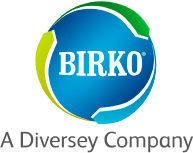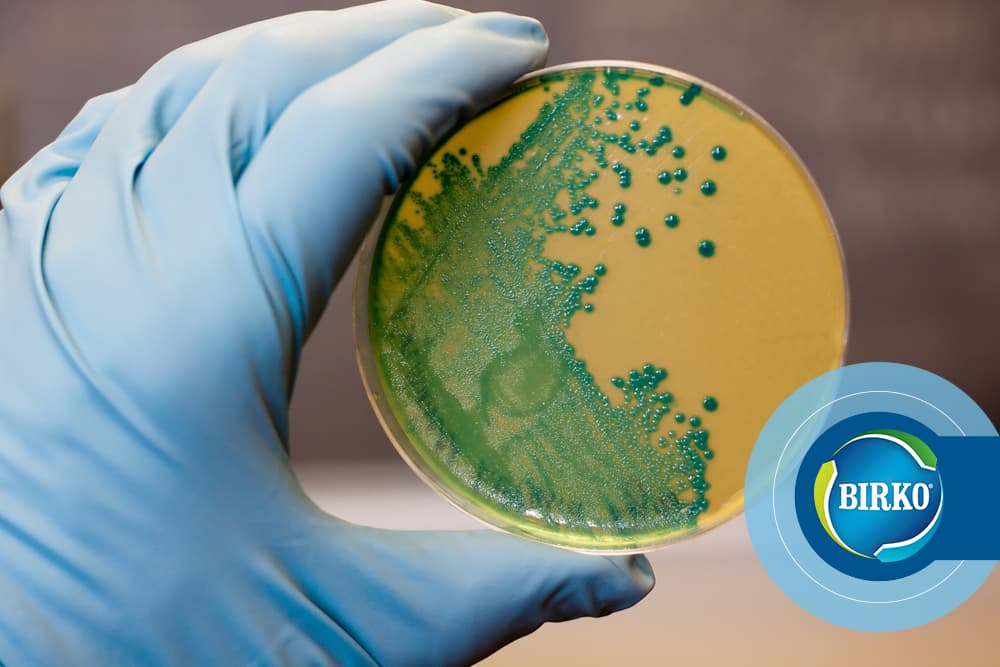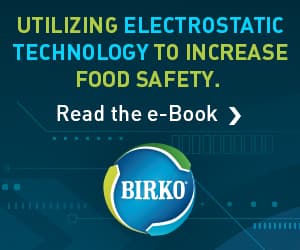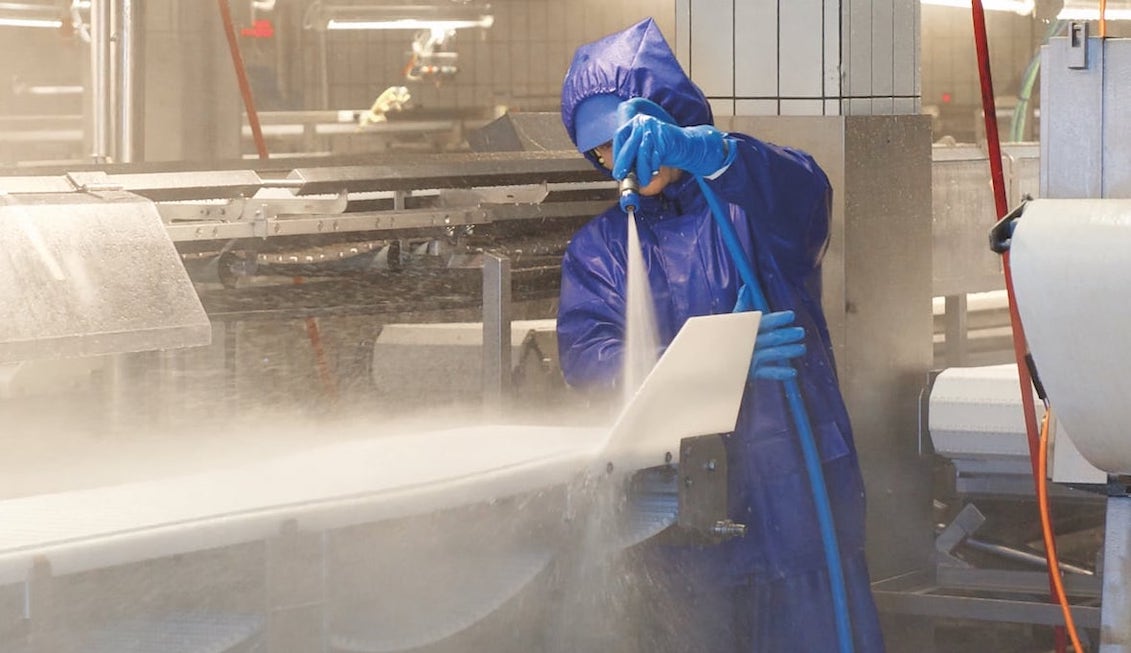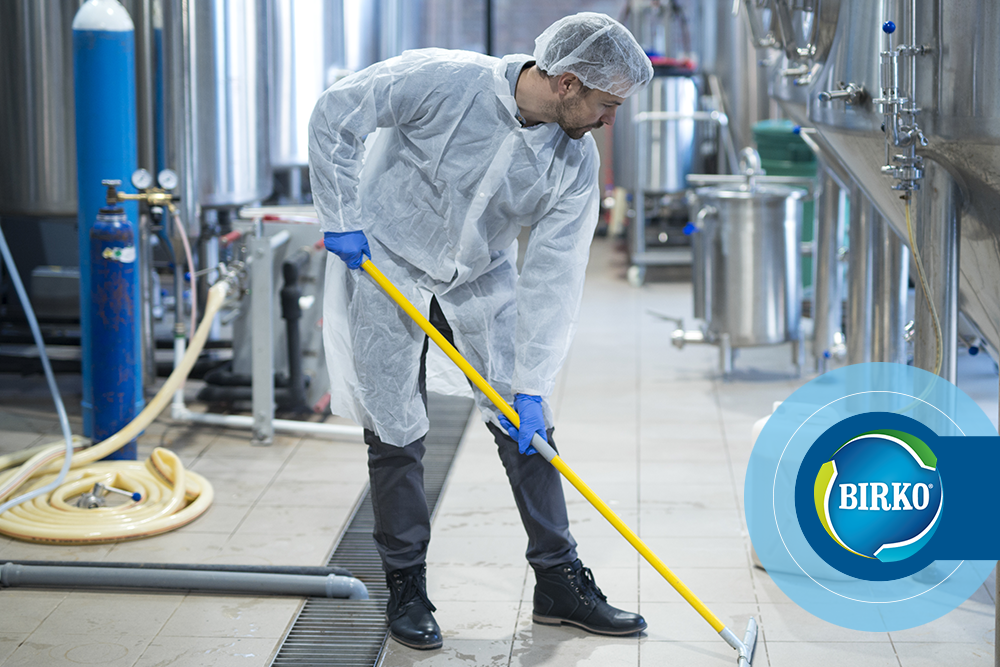A ready-to-eat (RTE) food processing facility with a strong food safety plan will start by implementing principles of sanitary design and follow up with documented procedures for cleaning and sanitation.
But, how can you be confident that your plant is properly mitigating contamination risks, such as Listeria and other bacterial concerns, on a continual basis? How do you know for certain that your facility’s food safety plan is effective?
That’s where the crucial step of implementing an environmental monitoring program comes in. Not only are these programs a best practice for RTE facilities processing everything from deli meat to peanut butter to fresh cut produce, ongoing environmental monitoring is a requirement of the FDA’s Food Safety Modernization Act (FSMA). According to the FDA …
“A well-designed environmental monitoring program promotes knowledge and awareness of the environmental conditions that could result in product contamination and is a more effective program than product testing alone.”
What Does an Environmental Monitoring Program Accomplish?
Environmental monitoring is of particular importance to RTE food processors because the product is consumed without an additional consumer kill step. Since there is no cooking, freezing, or even washing, if a pathogen contaminates the product, the public health risk is high.
In the most basic terms, an active environmental monitoring program involves the collection of samples at defined points in certain areas of the processing plant. Swabs are collected and tested for pathogens such as Listeria, Salmonella and E. coli.
The results of those tests should inform you as to whether your sanitation processes are effective or if adjustments need to be made to improve food safety in your plant. The information you gather from environmental monitoring tests allows for the creation of a microbiological map of the facility, giving you a better understanding of where pathogens tend to hide and helping you develop a plan of attack for eliminating them.
Environmental monitoring serves as an early warning sign so RTE facilities can address risks before they lead to bigger problems, such as a costly product recall.
Where to Start
Most of the larger food processors have developed environmental monitoring programs, although they vary in how effective and comprehensive they are. Yet, there are many small to mid-sized RTE processing plants that are just beginning to consider environmental monitoring, or they need guidance in understanding how to use the information gathered from testing.
The first step is identifying the areas of your plant that will serve as randomly tested sampling sites. Those samples should undergo testing as soon as possible, to ensure accurate results. In general, that means within 24 hours of swabbing the sample site.
As with your overall food safety plan, documentation of your environmental monitoring program is key. Not only should the documented program describe where you collect the samples, how they are collected, the frequency of collection and how you have the samples tested, but you should also define what your sanitation team will do if there is a positive result. Information does you little good if you don’t take corrective action.
There are many recommendations available through the FDA and the United Fresh Produce Association to help processors determine the right action based on test results.
The Seek and Destroy Strategy
Beyond the standard sample sites tested in an environmental monitoring program, RTE food processors can take things a step further and use a proactive approach to identify food safety risks.
In this case, you would test for pathogens in areas that you suspect could be problematic and target them for additional swabbing above and beyond what is called for in the standard program.
This “seek and destroy” mentality means you are always looking for new places where pathogens are hiding in your plant. You are thinking strategically about how contamination might occur and how you can stop it.
Consider expanding your search outside of Zone 1 to areas further from food contact surfaces. If you are unfamiliar with the concept of swabbing zones, your plant can be separated into distinct areas with specific purposes and potential risks.
- Zone 1: Relates to any food contact surface and is most sensitive to contamination.
- Conveyors transporting unpackaged product
- Tables and cooling racks
- Food storage receptacles
- Mixing vessels
- Filler nozzles and pipes that transport food
- Zone 2: Relates to an area next to a food contact surface that could contaminate Zone 1, usually in the same room as Zone 1.
- Floors near food contact surfaces
- Equipment hanging over food contact surfaces
- Control panels and computer screens
- Maintenance tools
- Zones 3 and 4: Are the least sensitive to contamination, but could be transferred to Zones 1 and 2 by a human or equipment.
- Warehouses storing packaged food (Zone 3)
- Loading docks (Zone 3)
- Employee restrooms, break rooms and locker rooms (Zone 4)
By focusing additional efforts on Zones 2 and 3, and including them in random testing, your environmental monitoring program gets even stronger as you look for ways to keep the entire facility clean, reducing the risks of contamination.
How Birko Can Help RTE Food Processors
Birko has the food safety expertise to help RTE food processors execute an appropriate environmental monitoring program that ensures you achieve FSMA compliance. If the results of your program indicate your plant’s sanitation procedures are not as effective as they should be, we can assist you in assessing the situation and recommending corrective actions.
In addition to helping develop day-to-day sanitation procedures, we can provide better food safety chemistry, sanitation automation equipment and other products and processes to help remediate hot spots identified through environmental monitoring. Contact Birko today.
 Elis Owens, Ph.D., Director, Technical Services, Birko, can be reached at [email protected], 303-289-1090.
Elis Owens, Ph.D., Director, Technical Services, Birko, can be reached at [email protected], 303-289-1090.

